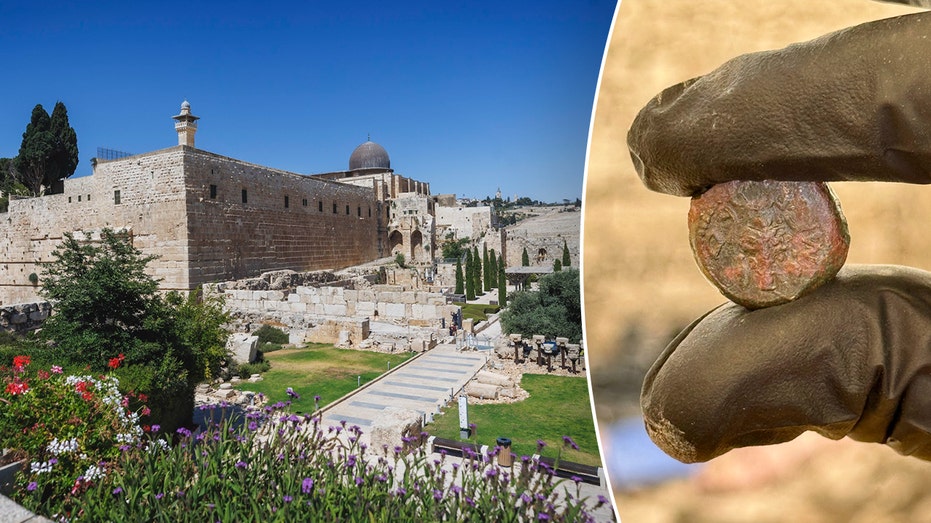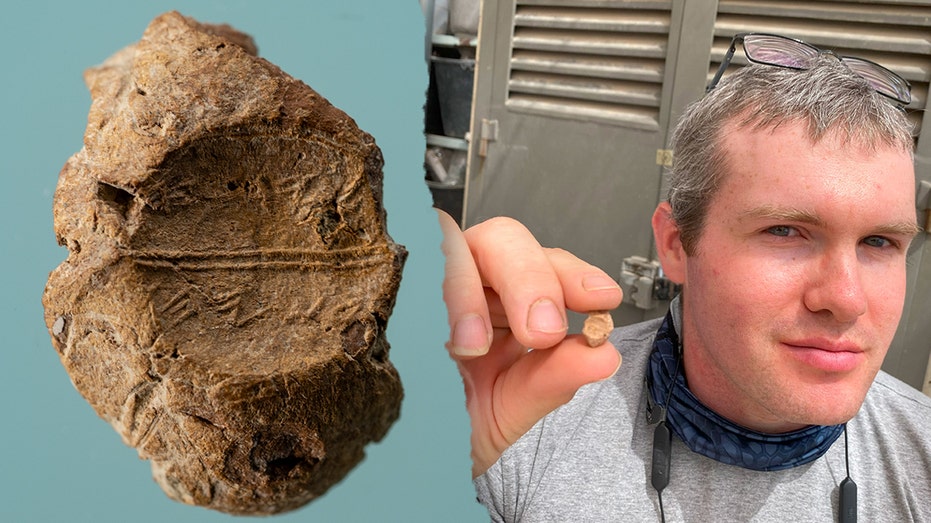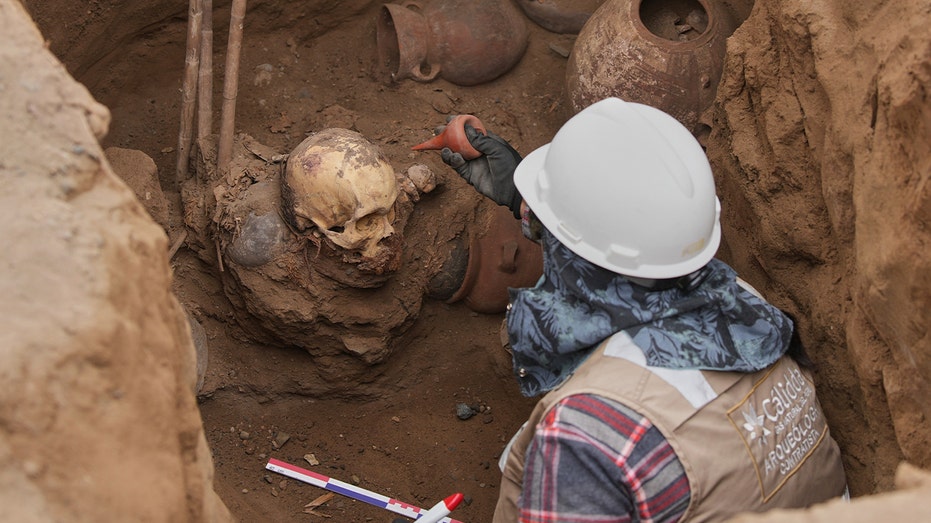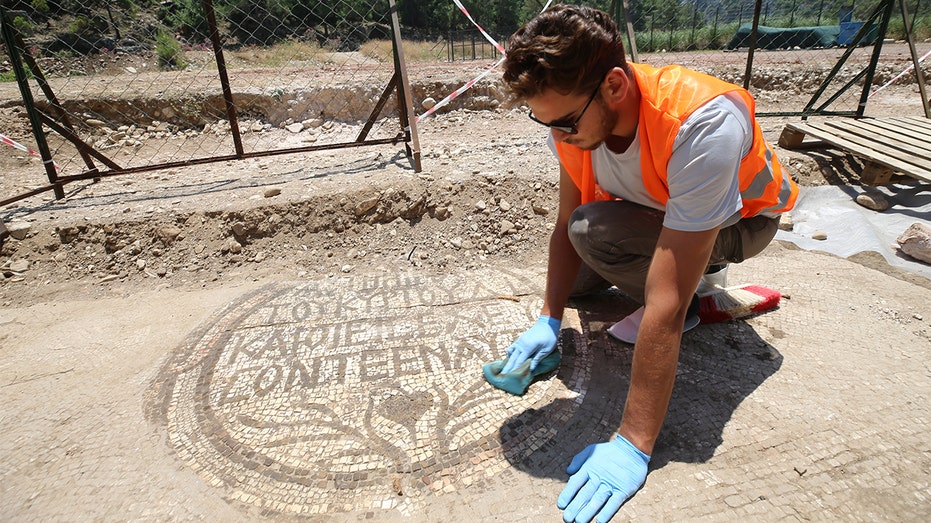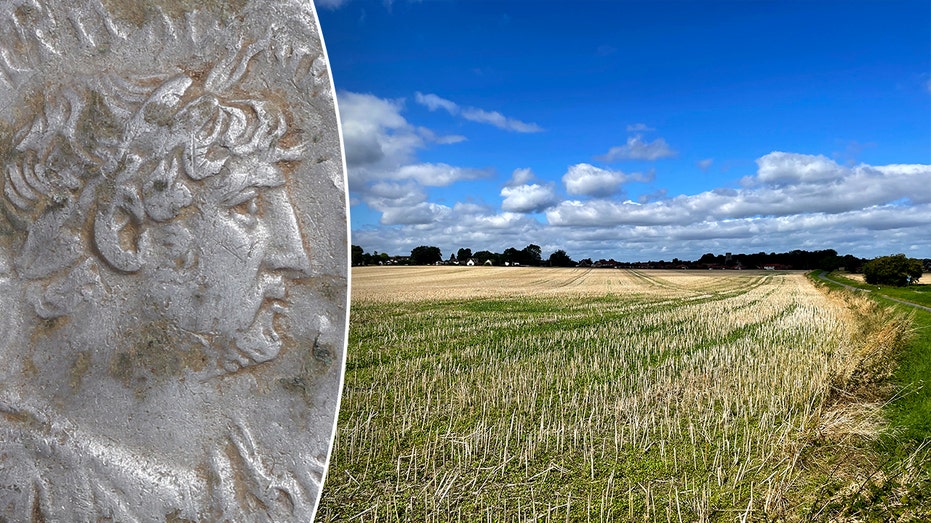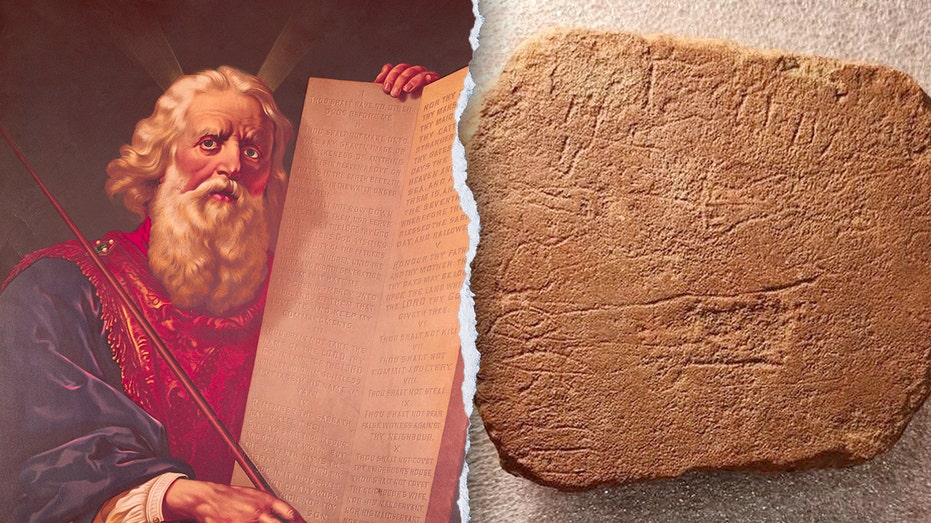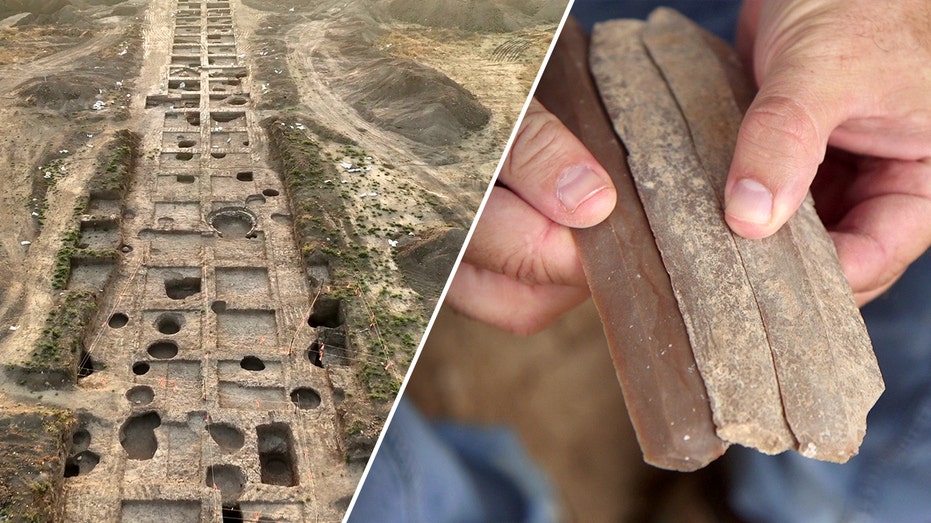A Coin of Rebellion: Unearthing the Meaning Behind a 2,000-Year-Old Jerusalem Discovery

Sarah Johnson
August 14, 2025
Brief
Analysis of a 2,000-year-old Jewish rebel coin discovered in Jerusalem, revealing insights into the Great Revolt, Jewish resilience, and historical context.
Unearthing Hope and Resilience: The Story Behind a 2,000-Year-Old Rebel Coin
Opening Analysis: The discovery of a 2,000-year-old Jewish rebel coin in Jerusalem, minted during the Great Revolt against Rome, is more than just an archaeological find. It's a tangible link to a pivotal moment in Jewish history, reflecting the resilience, hope, and ultimate despair of a people fighting for their freedom. This coin, bearing the inscription 'For the Redemption of Zion,' provides a powerful glimpse into the mindset of those who lived through this tumultuous period.
The Bigger Picture: A Revolt Against Empire
To fully understand the significance of this coin, we must delve into the historical context of the Great Revolt (66-73 CE). The revolt was a Jewish uprising against the Roman Empire, fueled by a combination of religious zeal, economic hardship, and resentment of Roman rule. The Roman Empire, at its zenith, controlled vast territories and exerted immense pressure on its provinces, including Judea. The seeds of rebellion were sown by escalating tensions, misgovernance by Roman procurators, and the suppression of Jewish religious practices. The Zealots, a radical Jewish faction, played a key role in instigating the revolt, advocating for armed resistance against Roman authority.
The revolt culminated in the siege and destruction of Jerusalem and the Second Temple in 70 CE—a catastrophic event that reshaped Jewish history and identity. This event, the destruction of the second temple, holds immense religious significance for the jewish people - the same event many believe that Jesus prophesized.
What This Really Means: A Symbol of Defiance and Yearning
The coin's inscription, 'For the Redemption of Zion,' is a poignant expression of the rebels' aspirations for freedom and self-determination. Minting their own coins was a symbolic act of defiance against Roman authority. The symbols on the coin, such as the lulav and etrog used in the Sukkot festival, further underscore the rebels' commitment to their religious traditions and cultural identity.
The fact that this particular coin dates to the fourth year of the revolt suggests a shift in the rebels' mindset. As the rebellion faltered and Jerusalem came under siege, the initial euphoria gave way to a more somber mood, characterized by a yearning for redemption. This sentiment reflects the desperate circumstances faced by the Jewish population trapped within the city walls, facing starvation, disease, and the might of the Roman legions.
Expert Perspectives: Understanding the Rebel Mindset
Scholars like Dr. Simon Goldhill, a leading expert in Roman history, have emphasized the psychological impact of the siege on the Jewish population. "The desperation and suffering endured by the inhabitants of Jerusalem during the siege cannot be overstated," Dr. Goldhill notes. "The coin reflects not only a desire for political liberation but also a deep spiritual longing for divine intervention."
According to archaeologist Esther Rakow-Mellet from the IAA: "Two thousand years after the minting of this coin … [we found] such a moving testimony to that great destruction, and I think there is nothing more symbolic," and Yuval Baruch observed that the coin's inscription "indicates a profound change of identity and mindset, and perhaps also reflects the desperate situation of the rebel forces."
Data & Evidence: Archaeological Insights
Archaeological evidence from Jerusalem supports the narrative of a city under siege. Excavations have revealed remnants of Roman siege works, including battering rams and siege towers, as well as evidence of intense fighting within the city. The discovery of mass graves and caches of food further underscores the dire conditions endured by the Jewish population. According to the Israel Antiquities Authority, "Year Four coins are 'relatively rare,' since they were minted toward the end of the revolt when rebels had reduced production capabilities."
Statistics reveal that the Jewish population in Jerusalem at the time was approximately 80,000, many of whom perished during the siege. The destruction of the Second Temple marked a turning point in Jewish history, leading to the dispersal of Jews throughout the Roman Empire and beyond.
Looking Ahead: Lessons from the Past
The discovery of this rebel coin serves as a powerful reminder of the complexities and consequences of conflict. It highlights the human cost of war, the importance of cultural identity, and the enduring power of hope in the face of adversity. The lessons learned from the Great Revolt continue to resonate today, informing our understanding of religious and political conflicts around the world.
In the future, further research on coins from this period could reveal more about the economic strategies of the rebels, the alliances they forged, and the internal divisions within Jewish society. Continued archaeological excavations in Jerusalem are likely to unearth further evidence of this pivotal period in history.
The Bottom Line: A Timeless Symbol
In conclusion, the discovery of this 2,000-year-old Jewish rebel coin is a significant event that offers profound insights into the Great Revolt against Rome and the mindset of those who fought for freedom and redemption. Its inscription serves as a timeless symbol of hope, resilience, and the enduring human spirit. This coin is not just about history; it's about understanding the struggles that have shaped civilizations and continue to influence our world.
Topics
Editor's Comments
While this discovery is fascinating on its own, it's important to remember that the Great Revolt had profound and lasting consequences for the Jewish people. The destruction of the Second Temple led to significant religious and cultural shifts, and the Jewish diaspora changed the course of their evolution. It's crucial to analyze historical events like this to appreciate their impact, for better or worse, on the world we know today. This coin provides a portal to a pivotal moment in human history, inviting us to learn from the mistakes of the past while cherishing the enduring spirit of a people.
Like this article? Share it with your friends!
If you find this article interesting, feel free to share it with your friends!
Thank you for your support! Sharing is the greatest encouragement for us.
